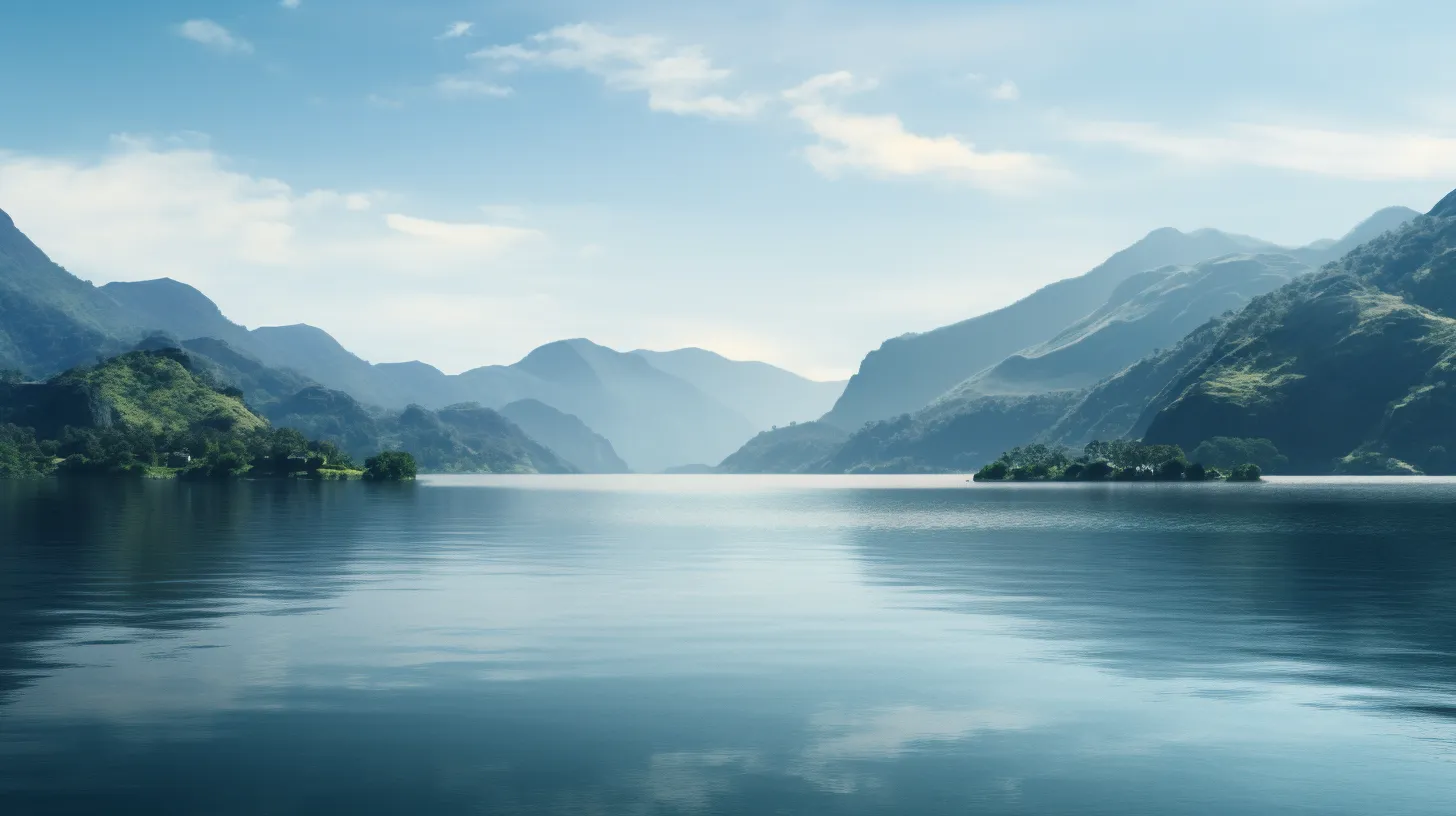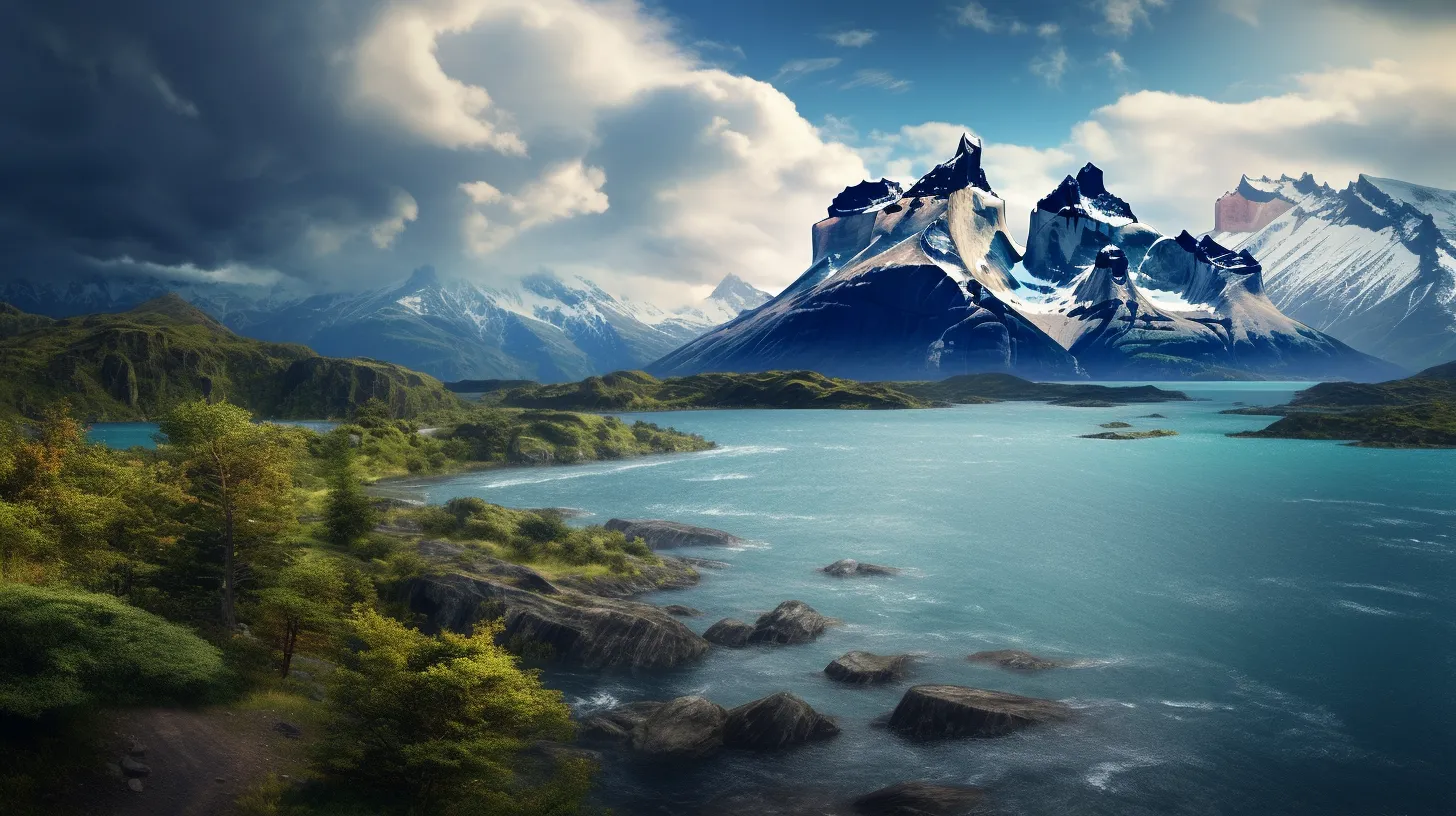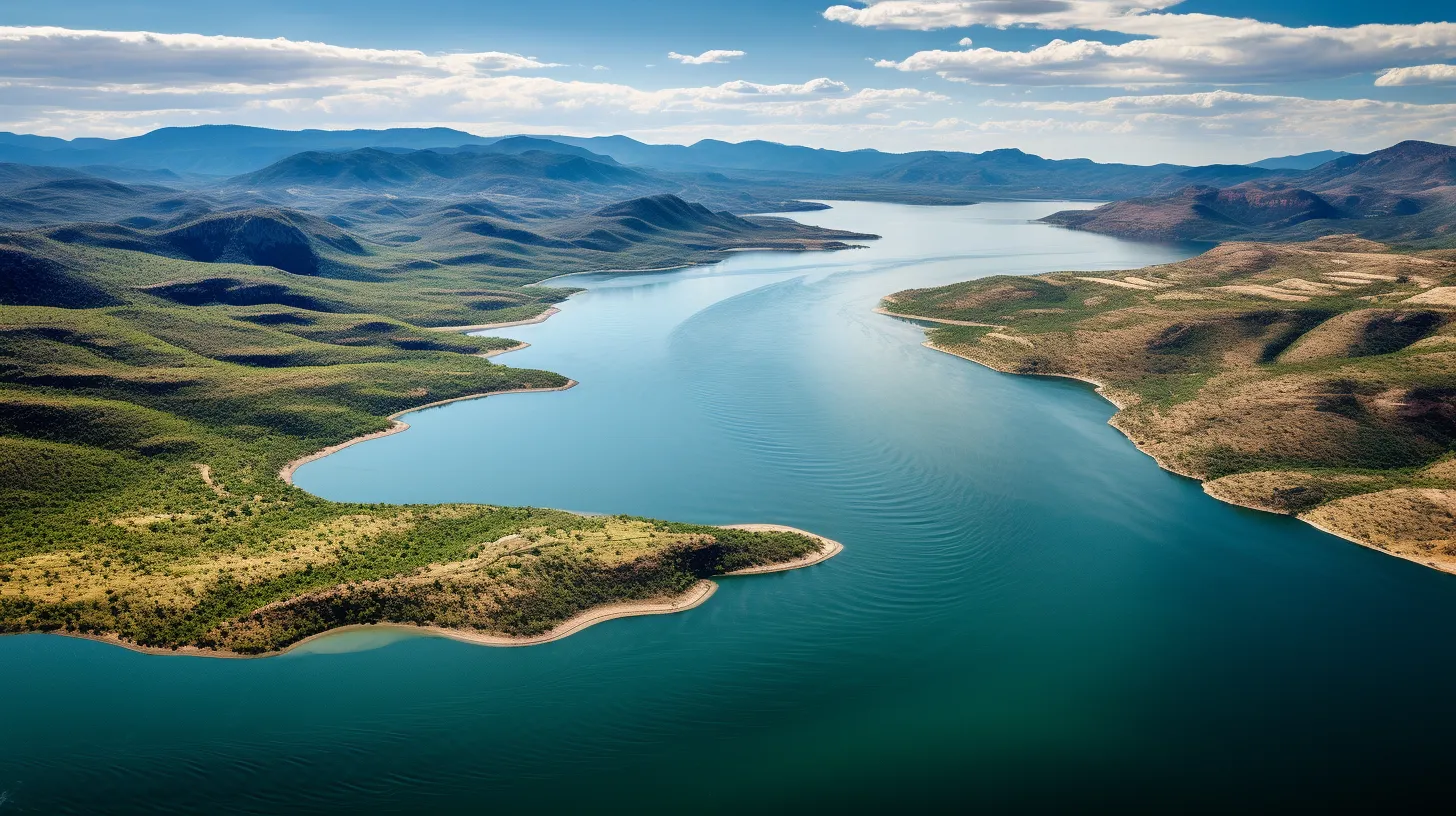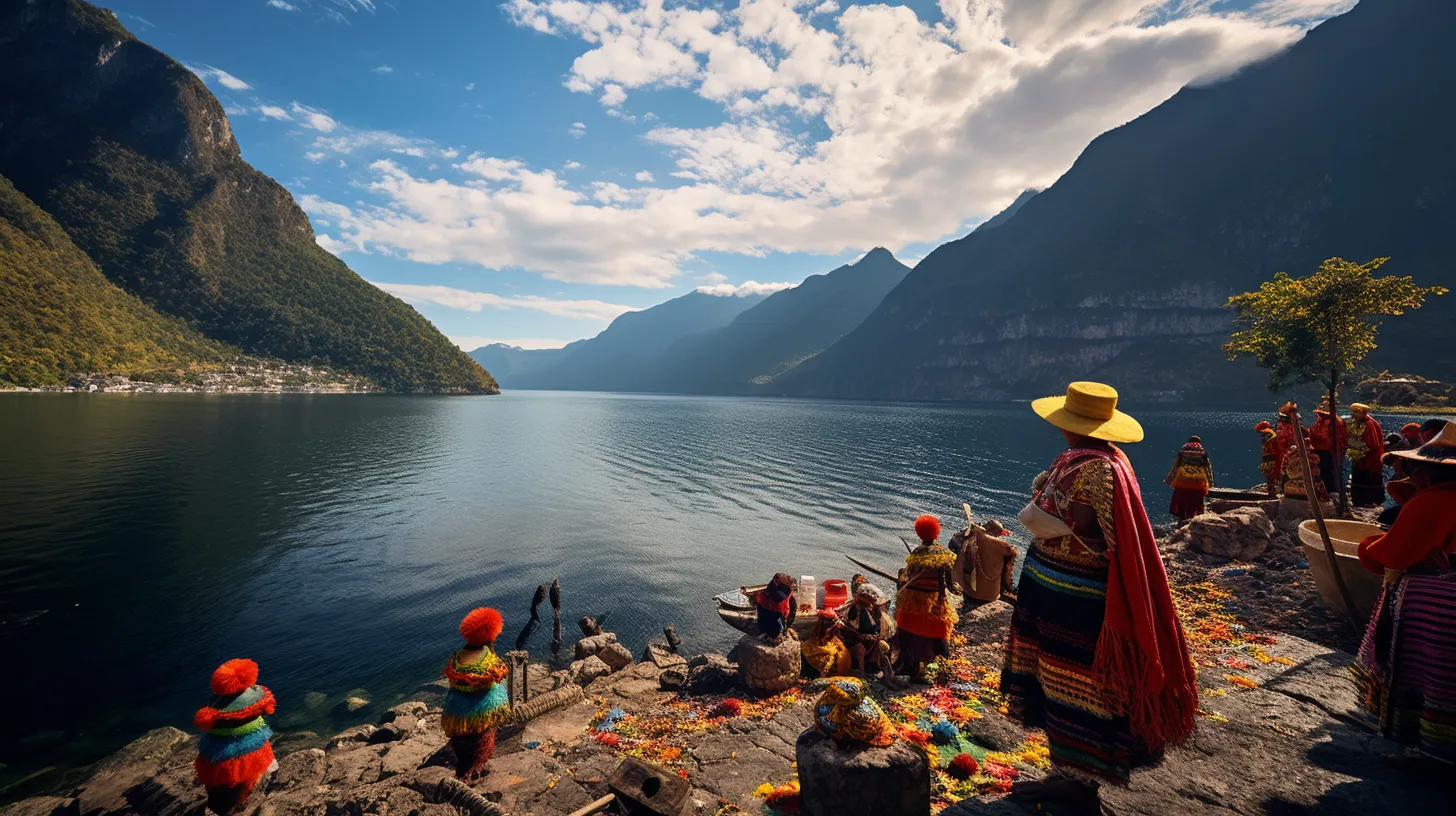Nestled 18 miles east of Port-au-Prince and bordering the Dominican Republic, Lake Azuéi is the largest lake in Haiti, covering a vast 65 square miles.
Over the past two decades, the lake has experienced a significant increase in water levels, leading to the submersion of villages and the emergence of visible tree growth on its surface.
Lake Azuéi is well-known for its diverse natural and commercial resources, including the Quisqueya Park nature reserve and commercial tilapia farms, offering a unique blend of exploration, relaxation, and cultural immersion.
This destination holds cultural significance as a hub for Easter festivities and annual celebrations, while also providing opportunities for guided visits and art exhibitions.
Accessible via private guides, public transportation, or scenic bus routes, Lake Azuéi promises an enriching experience for all freedom-seeking visitors.
Lake Azuéi: Location and Size

Lake Azuéi is situated 18 miles east of Port-au-Prince and shares its border with the Dominican Republic, covering a sprawling 65 square miles, making it the largest lake in Haiti.
The environmental impact of Lake Azuéi is significant, with its rising water levels submerging villages and allowing trees to grow through its surface. This phenomenon has piqued the interest of scientists and environmentalists, who are studying its implications.
Furthermore, the lake holds great ecotourism potential, with the Quisqueya Park nature reserve offering a cacti forest, diverse wildlife, and commercial tilapia farms. Additionally, the lake attracts migratory birds and supports local fishermen, who provide tours and sustain their families through fishing.
Lake Azuéi presents an opportunity for sustainable ecotourism development, offering visitors a chance to explore its unique ecosystem while contributing to the local economy.
Unique Features of Lake Azuéi

Revealing significant environmental changes, Lake Azuéi’s unique features have captured the attention of scientists and environmentalists alike.
The rising lake mystery has baffled scientists for two decades. It evokes a sense of curiosity and wonder about the forces of nature at play.
Flooded villages were visible on the lake’s surface, with only the tops of houses visible. This creates a haunting and surreal image, highlighting the impact of the rising waters.
Impact on local communities, with small villages dotting the perimeter and fishermen supporting their families through fishing. This evokes empathy and concern for the livelihoods of the local residents, emphasizing the real-world implications of the environmental changes.
These unique features not only spark intrigue and emotion but also underscore the tangible impact on local communities, making the mystery of Lake Azuéi all the more compelling.
Natural and Commercial Resources

Amid the natural and commercial resources of Lake Azuéi, the Quisqueya Park nature reserve stands as a significant attraction, offering a cacti forest and wild flocks of waterfowl.
The lake supports commercial tilapia farms, which coexist with the natural wildlife, providing an opportunity for commercial fishing.
Additionally, Lake Azuéi attracts migratory birds during specific times of the year, creating ecotourism opportunities for birdwatching enthusiasts.
Small villages surrounding the lake rely on commercial fishing as a means of supporting their families. Fishermen also offer tours of the lake, providing visitors with a unique experience to explore the natural and commercial aspects of the lake.
These activities contribute to the overall ecotourism potential of Lake Azuéi, making it a multifaceted destination for nature enthusiasts and those interested in sustainable commercial practices.
Cultural Significance of Lake Azuéi

The annual lake celebration at Quisqueya Park highlights the cultural significance of Lake Azuéi, drawing attention to its vibrant festivities and artistic showcases.
-
The annual festivities during the Easter period bring the lake alive with traditional rara music, creating a joyous atmosphere that captivates visitors.
-
Guided visits provide an opportunity to immerse oneself in the rich cultural heritage surrounding the lake, offering a deeper understanding of its historical and spiritual importance.
-
Art exhibitions organized during the celebration period showcase the talent and creativity of local artists, adding a layer of cultural depth to the experience.
These immersive experiences evoke a sense of wonder and appreciation for the cultural heritage and traditions that thrive around Lake Azuéi, leaving visitors with a lasting impression of its significance.
Getting to Lake Azuéi

Access to Lake Azuéi is easily attainable from Port-au-Prince, located just 18 miles to the west. Visitors can opt for private guides and transportation services to reach the lake via the Plain of the Cul-de-Sac road.
For those seeking a more communal experience, public transportation options from the Dominican Republic provide access to the lake, with buses offering scenic views along the lake shore. It’s important to note that motorcycle or moto transportation is not recommended for first-time visitors due to the lake’s size.
Whether choosing private guides or public transportation, the journey to Lake Azuéi sets the stage for the adventure that awaits, offering glimpses of the natural beauty and unique features of the area.



